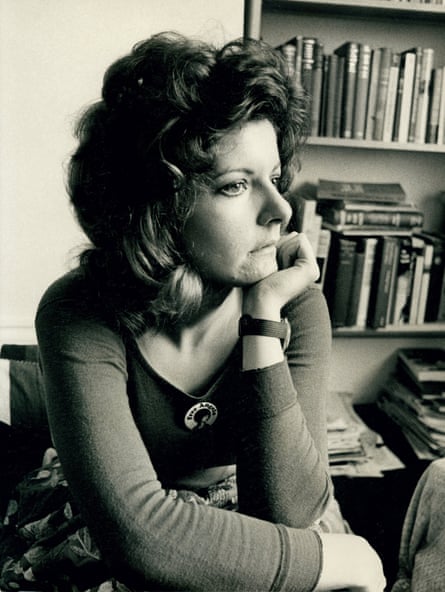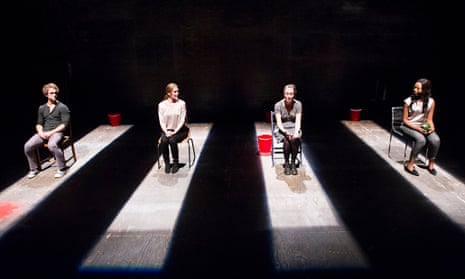Back in June 2003, during a Platform discussion at the National Theatre about new writing, Nicholas Hytner declared: “There is no call for the National to have a 100-seat theatre on our premises permanently, because there are absolutely wonderful 100-seat theatres doing new work all over London. We should be doing the stuff nobody else could do … We have to work on a national, epic scale most of the time. One of my main tasks is to discover a new generation of writers who can write new stuff for the Olivier stage. The ones who can are, by and large, very senior writers, and they’re either called David, Tom or Alan.”
So 12 years on, as the Hytner years at the National draw to a close, what’s the state of play? In its 2014 annual report, the National prides itself on staging more new writing by women than men over the previous two years. Which sounds great. Until you realise that over 70% of it was performed in the Cottesloe or the Shed (now called The Temporary theatre); a small space frequently associated with the words “radical” or “risk” of the kind Hytner was rejecting in 2003.
So the writing is on the wall: big spaces are for men, while the smaller spaces associated with risk are where the work of female playwrights is far more likely to be seen. This is not new. Back in the 1970s, the RSC’s The Other Place became synonymous not only with experimentalism but also with the first female director at the RSC, Buzz Goodbody, who established the space as an alternative to the Shakespeare Memorial theatre. The idea that this space has become a place for radical women remains. In 2014, during its current developments, it housed the Midsummer Mischief season, in which four female writers responded to Laurel Thatcher Ulrich’s famous quotation, “Well-behaved women seldom make history.” Once again, that word “radical” was splashed all over the publicity.
Of course the heightened visibility of plays written by women is welcome. But all over the country, even at venues which are attempting to make female playwrights’ voices heard, there is often a gendering of theatre spaces when it comes to writers and directors. I researched the in-house and co-productions of five major regional theatres between January 2013 and January 2015. Some significant findings include that only one out of 11 plays staged in West Yorkshire Playhouse’s main space (the Quarry) was written by a woman. At Sheffield Theatres, only four out of 24 shows had female directors. And all were directing in the Crucible Studio, the smallest of the three stages.

Reading these figures, particularly in light of Hytner’s 2003 comment, you’d be forgiven for believing that maybe women don’t write plays appropriate to large theatre spaces. But anyone who has seen Anne Washburn’s Mr Burns, Lucy Kirkwood’s Chimerica and Lucy Prebble’s Enron knows that women are as capable of writing big plays asking big questions as men. Similarly, you might infer that there is a shortage of women working as directors, despite the fact that of the 812 responses to a recent survey by Stage Directors UK, 46% were from women.
There are artistic directors, such as Roxana Silbert at Birmingham Rep and Sarah Frankcom at the Royal Exchange in Manchester, who have excellent track records for employing female directors and writers. But they still remain in the minority. Is it that theatre spaces like the NT, which were designed by men for mostly male theatre-makers, have created in-built ideologies that simply don’t easily include women?
Of course this is a problem beyond theatre. How many women can picture themselves among the jeering mob in prime minister’s questions? But as an alternative arena for questioning and listening, perhaps theatre needs to start rejecting the ingrained structures of how space is used and allocated, but also the top-down management structures dating back to the 20th century on which they are so often run.
At a time when theatres are being called upon to be more collaborative in order to ensure their survival, perhaps different, more egalitarian working models to create art (such as those of Secret Theatre) could be transferred into the management of the theatres themselves. Creating decision-makers who don’t all look, sound and think the same could help counter the gendered tradition that still dominates in so many of our leading theatres, and not only rebalance the work seen on stage but the activity of the entire institution. Is that really so radical?

Comments (…)
Sign in or create your Guardian account to join the discussion